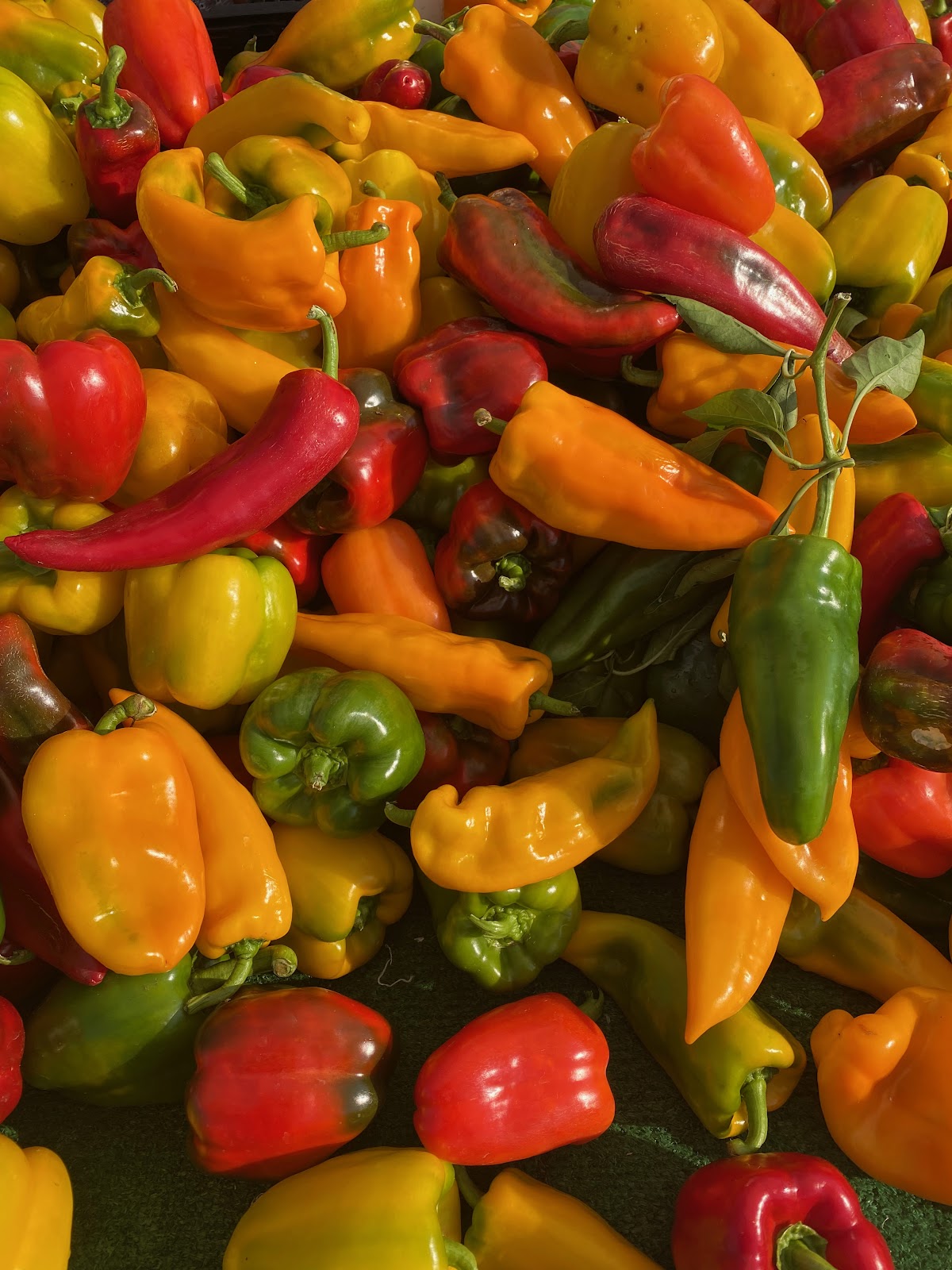Gift from members of the “Medico Brigada"
January, 1996
“Then to love the sick, each and all of them, more than if my own body were at stake.”
Paracelsus (1493–1541)
“To Love is to Act” - “Aimer, c’est agir”
Victor Hugo, May 19, 1885
It is interesting to look back at what you have written and lived. Sometimes you miss the significance or you just got it wrong. Sometimes you need to re-examine the context, sources and meaning of those experiences.
I just finished the book, Changing my Mind by Will Willimon. He has been a prolific writer and leader, but most importantly for me, a friend. Part of our friendship centers on the formation and support of “Exploring Medicine” that sent medical, nursing , divinity students and faculty to join with local hosts to Honduras(1994-1998) as a medico brigada. Willimon’s book challenges young clergy with the reality and the power of the good words and actions they deliver.
This latest book of former Bishop Willimon, reminded me of another bishop character, Bishop Myriel in Victor Hugo’s “Les Miserables”. This “bishop creation” of Victor Hugo closely parallels the life of Hugo who confronted the reality of suffering and concludes that “Love” is the basis for the lives that we are called to live. See the wonderful book of Marva Barnett, To Love Is to Act: Les Misérables and Victor Hugo’s Vision for Leading Lives of Conscience.
For me, the ancient admonition “to Love” is central to our healing vocations and exists only because we were first Loved and experienced it within our faith communities. I had focused on the suffering and did not fully appreciate the centrality of the many “love benedictions” freely given to me during my life.
Thanks be to God, for “Good Words”!
Marvin
Benediction:
“And whenever I see people engaged in that work of love,
I sense the divine presence brushing us
with a touch so gentle you can miss it,
and yet know beyond all possibility of doubt
that this is what we are called on to live for,
to ease the pain of those who suffer
and become an agent of hope in the world.”
Rabbi Jonathon Sacks
Être aimé est toute Grâce - To be loved is all Grace
References
The Oath of Paracelsus
https://weeksmd.com/2009/08/the-oath-of-paracelsus/
Willimon, B. W. H. (2024). Changing My Mind. Abingdon Press.
Barnett, Marva A.. To Love Is to Act: Les Misérables and Victor Hugo’s Vision for Leading Lives of Conscience (p. 56). Swan Isle Press. Kindle Edition.
Hage, M. L. (2012). Healing Words.
http://healingagents.blogspot.com/2012/09/healing-words.html
Hage, M. L. (2013). Suffering.
http://healingagents.blogspot.com/2013/02/suffering.html
Hage, M. L. (2013). The Nature of Healing
http://healingagents.blogspot.com/2013/01/the-nature-of-healing.html
Sacks, Jonathan. The Great Partnership: Science, Religion, and the Search for Meaning (p. 206). Knopf Doubleday Publishing Group. Kindle Edition.
Hage, M. L. (2021). All is Grace.
http://healingagents.blogspot.com/2021/01/all-is-grace.html




